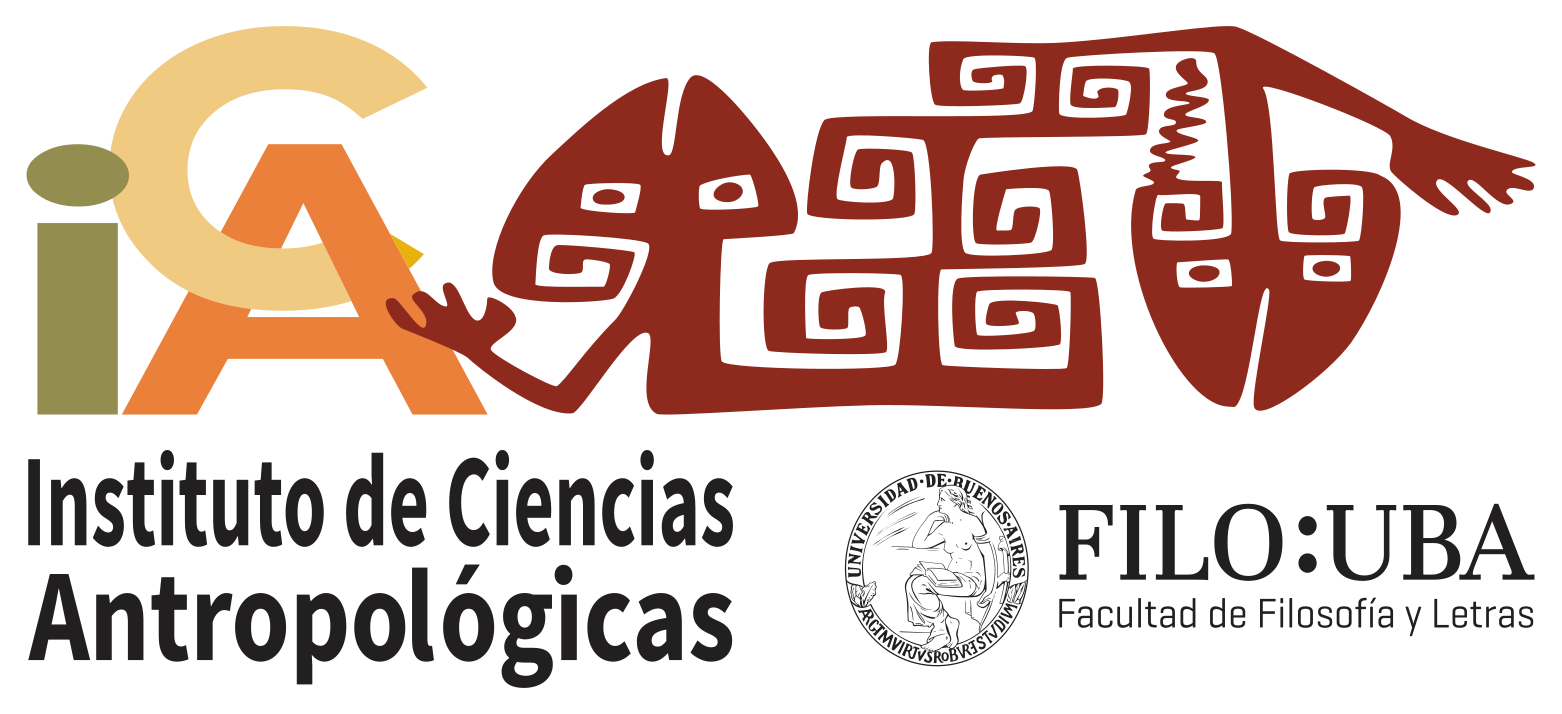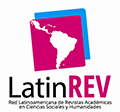Intersexos interetnias. Producción y reproducción doméstica del grupo Ovahimba en el actual sistema capitalista de Namibia (África Austral)
Abstract
This work analyses a present type of interethnic relationships in Namibia ( Southern Africa ). The Ovahimba ethnic group of the north west of the country suffered throughout history different ways of accentuation of “ethnicity” and “tradition”. This can be seen today, among other aspects, in their ways of domestic production and reproduction, that are described in the text from the actors' perspective. This etnicization of the domestic sphere tinges on the one hand, the content of social relationships inside the ethnic group and, on the other hand, the relationship between the group production and the work of society as a whole. By means of the analysis of the exchange sphere, where the Ovahimba sell their cattle as “free individuals” and “private owners”, it is revealed that class relationships penetrate the ethnic “community”, resulting in men appropriation of female work.Downloads

Esta obra está bajo una Licencia Creative Commons Atribución 4.0 Internacional
Cuadernos de Antropología Social sostiene su compromiso con las políticas de Acceso Abierto a la información científica, al considerar que tanto las publicaciones científicas como las investigaciones financiadas con fondos públicos deben circular en Internet en forma libre, gratuita y sin restricciones.
Los contenidos y opiniones expresadas en los artículos publicados son de entera responsabilidad de sus autores.
Los autores/as que publiquen en esta revista aceptan las siguientes condiciones:
- Los autores/as conservan los derechos de autor y ceden a la revista el derecho de la primera publicación, bajo la licencia de atribución de Creative Commons, que permite a terceros utilizar lo publicado siempre que mencionen la autoría del trabajo y a la primera publicación en esta revista.
- Los autores/as pueden realizar otros acuerdos contractuales independientes y adicionales para la distribución no exclusiva de la versión del artículo publicado en esta revista (p. ej., incluirlo en un repositorio institucional o publicarlo en un libro) siempre que indiquen claramente que el trabajo se publicó por primera vez en esta revista.














